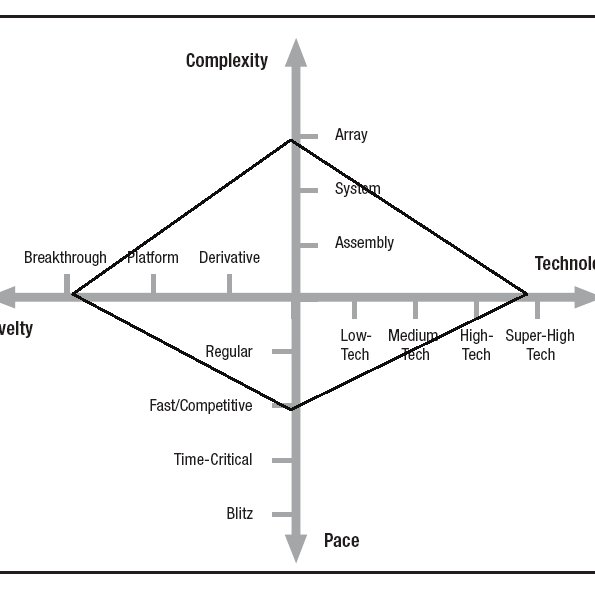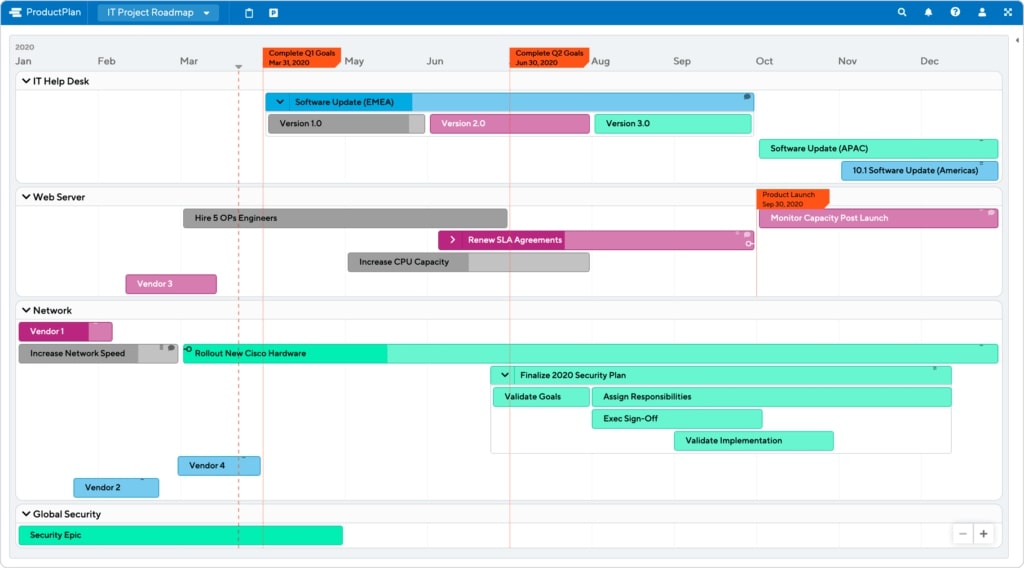Are you curious to find out how to conduct a successful product launch?
In the world of agile DevOps, the product launch serves as a measure of success.
The release manager claims responsibility for all production processes. This alleviates the burden on the other teams and allows them to focus on tasks and future releases.
But how does a release manager convert the product release into a successful launch?
In this article, we explore the techniques and principles that govern what it takes to conduct stress-free releases.
Let’s dive right into the discussion.
Best Practices for Product Release Management
The following components are essential to the success of a software release life cycle:
1. Cooperation Between Release Management and Development Team
At the helm of every software development process is the emphasis on team collaboration. The intent is to communicate in a coherent manner that also factors in the use of effective time management so that key stakeholders and team members work toward the same goal in accordance with the business strategy.
Constant communication facilitates the discovery of discrepancies or defects within the process and ensures that teams arrive at a resolution before following through with the software release.
2. Evaluation of Risks
One of the key roles that a software release manager performs is to anticipate the conditions and risks that have a negative impact on the product release. Moreover, the release manager evaluates this impact on the development process and offers solutions that aim to minimize loss.

Credits: Research Gate
In this way, there are contingencies put in place to mitigate any uncertainties and circumstances far in advance. In turn, this alleviates the pressure on the team from having to find solutions to issues that impact the software release.
3. Incorporation of Agile Methodologies
The agile framework places value on having clear deadlines and an explicit plan of action for accomplishing goals. When planning a release, these same principles apply. It also involves the multi-level overseeing and management of existing project teams as well as the new features that arise during the development process, as these are all interdependent.
4. Automation
For the most part, the software development process employs manual techniques through iterations. This leaves room to introduce methods of automating these processes. It entails the use of software programs to complete tasks otherwise requiring completion by teams. This allows for optimizing the software release process by increasing efficiency and improving time management across teams.
5. Map Out the Current Release Process
There are several factors to consider when planning a release. To improve understanding of the release process, consider what the product is, the purpose of its release, and project deadlines.
Adhering to an outline assists with the planning process and ensures that there is efficiency within the workflow.
6. Establish a Regular Release Cycle
In software development, there is an emphasis on releasing through iterations, which translates into having multiple releases during any given cycle. Numerous releases allow for testing of functionality, investigating defects or bugs, and improving user experience.
The repetition of these processes makes the plea for automation a likelihood. In other words, when release managers automate the process, they focus on efficiency and release updates more often. Reducing the length of the release cycle is vital to staying ahead of the competition.
7. Concentrate on Lightweight Processes
Since automation centers on making processes less redundant, it is not useful in relation to processes that are heavyweight. The purpose is to maintain a short release cycle and as such, the point of focus is not the development process. Instead, zero in on releasing a product. Then, commence work on the subsequent release.
Creating this cycle of testing, reviewing, and repeating increases the chances of product success and allows for a flexible approach to the product launch.
8. Maintain Healthy Team Dynamics
The agile team thrives on freedom and flexibility to plan and execute their tasks. Having responsibility and agency over their work fosters mutual respect among team members and managers alike.
A positive work environment provides motivation to accomplish tasks with efficiency rather than being under constant pressure.
An Agile Approach to Release Planning
Implementing the agile framework in relation to conducting stress-free releases requires these four steps:
1. Assess the Product Roadmap, Vision, and Outcomes
The product vision and roadmap are at the forefront of release management as they serve as guidelines for the entire process. In a similar way, concentrate on the order of outcomes by prioritizing them based on their impact and in accordance with stakeholder and customer demands.

Credits: Product Plan
2. Use Outcomes to Expand and Prioritize Product Backlog
The product backlog and outcomes work in tandem to achieve success within the product development process. In order to maintain this interdependence, start by dividing outcomes into specific user stories prior to adding them to the backlog.
3. Set Clear Release Goals
User stories and experience are vital to the success of product releases. Therefore, create release goals that keep the user at the forefront. An example of this is accessibility – ensure that the user accesses information that is complete and not in fragments.
4. Divide Releases Into Multiple Sprints
Multiple iterations promote efficiency. Having a release goal and establishing user stories signifies the commencement of the planning process for said sprints.
Stress-Free Releases: Key Takeaways
Software releases are the pinnacle of software development. Managing releases is essential to the development process because it streamlines the product launch through a series of principles.
Cross-team collaboration between release managers and the product team makes it possible to identify discrepancies as well as mitigate risks that arise during the planning process.
Create an outline of the release process to help improve workflow and contribute to building high-quality products.
Prioritize short release cycles since they are a robust approach to maintaining flexibility within the product launches. All in all, as a product leader, be sure to promote autonomy among team members and a positive work environment as those are the building blocks to any successful team.